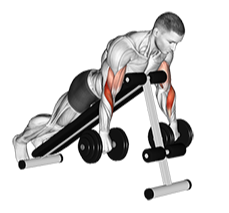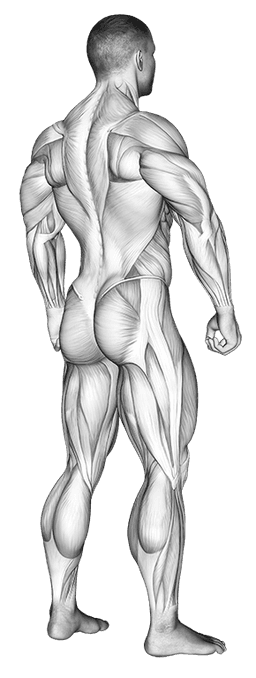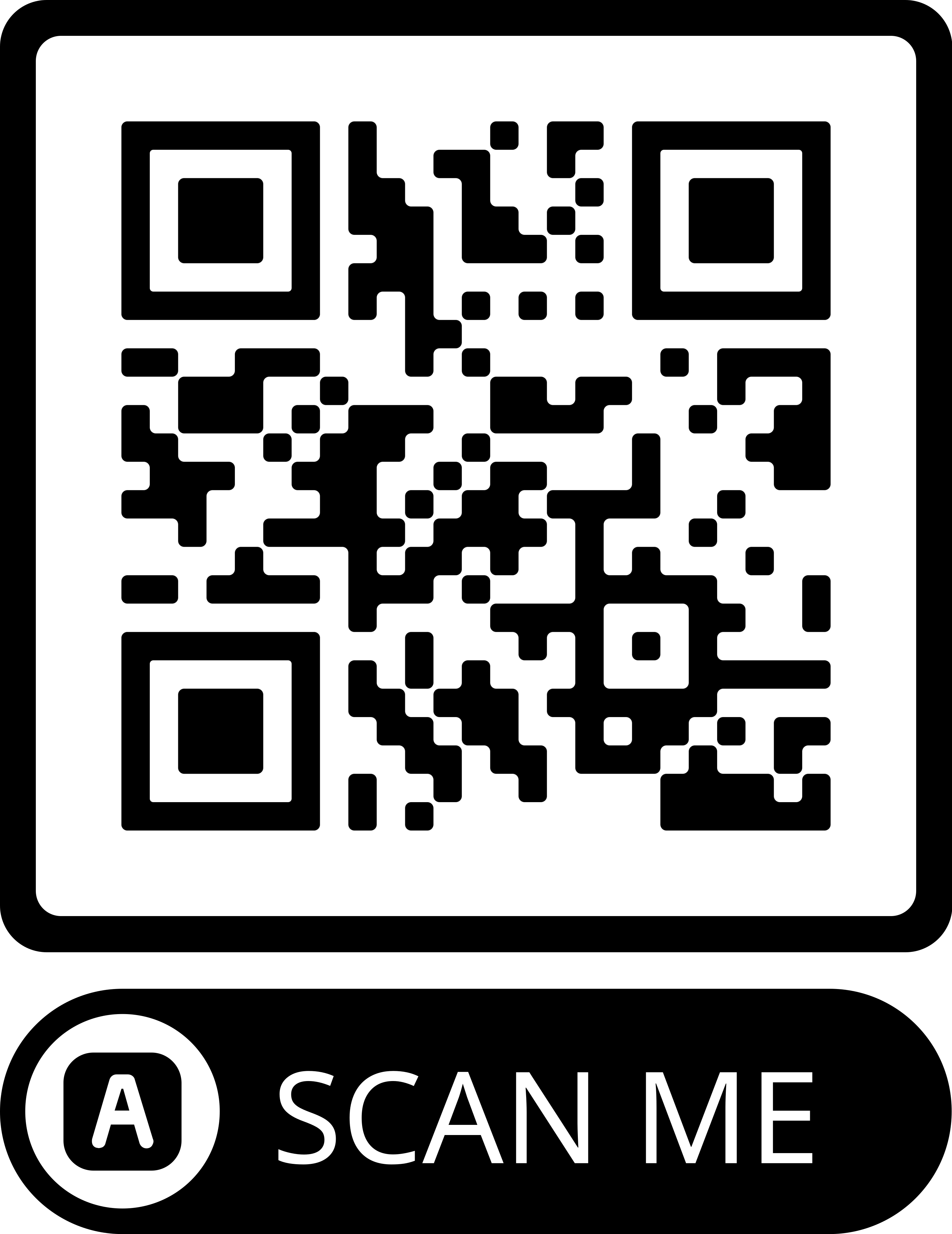
Reverse Spider Curl (Dumbbell)
A unilateral exercise that isolates the biceps, emphasizing the long head. It improves mind-muscle connection and promotes balanced bicep development.
Muscle Targets Visualizer
Muscle Targeting Visualizer





Primary Muscle
Secondary Muscles
Strength Level Tracker
Track Your Progress Like a Pro
Reverse Spider Curl (Dumbbell)
Average of all records in a cycle
Step-by-Step Instructions
1. Setup
Lie face down on a bench with your legs extended and one arm hanging off the edge. Hold a dumbbell in that hand.
- Choose a weight you can control.
- Ensure a stable base with your legs and torso.
2. Curl
Keeping your elbow fixed against your side, curl the dumbbell upward, rotating your forearm slightly so your palm faces upward towards your shoulder.
- Focus on a controlled bicep contraction.
- Avoid using momentum.
3. Top Contraction
Pause at the top, fully contracting your bicep. Squeeze for 1 second.
- Maintain tension throughout the exercise.
- Visualize your bicep contracting.
4. Controlled Descent
Slowly lower the dumbbell back to the starting position. Maintain tension.
- Avoid dropping the weight.
- Maintain control over the lowering phase.
5. Repetition
Repeat this process for the desired number of repetitions. Ensure good form throughout.
- Focus on controlled movement, not speed.
- Maintain proper spinal alignment.
Form Tips
✓Elbow Position
Keep your elbow close to your side throughout the movement. This isolates the biceps more effectively.
✓Controlled Movement
Avoid jerking or swinging the dumbbell. Focus on a slow, controlled curl and lowering phase.
✓Full Range of Motion
Extend your arm completely at the bottom and fully contract your bicep at the top.
✓Mind-Muscle Connection
Focus on feeling the bicep working; this will help improve form and muscle activation.
Common Mistakes
Using momentum
Reduce the weight and focus on slow, controlled movements.
Arching the back
Maintain a neutral spine by bracing your core.
Incompletely extending the arm
Ensure a full range of motion to maximize muscle activation.
Using excessive weight
Decrease the weight to maintain proper form and control.
Lack of focus on bicep contraction
Consciously focus on squeezing the bicep at the top of the movement.
Alternative Exercises
- Concentration Curl
- Hammer Curl
Complementary Exercises
- Barbell Curls
- Hammer Curls
- Bicep Cable Curls

